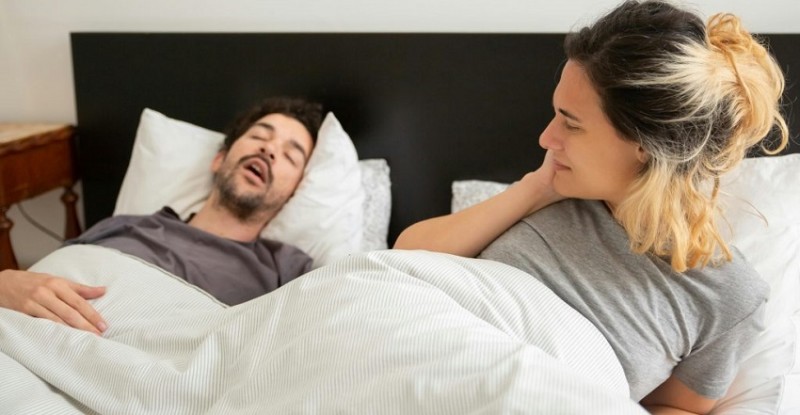
Sleep, an essential component of overall health and well-being, is often influenced by various factors including lifestyle, environment, and biological differences. One intriguing aspect of sleep research revolves around the question: Do men and women sleep differently? Delving into this topic unveils a fascinating array of distinctions in sleep patterns between genders and offers insights into the underlying reasons behind these differences.
Understanding Sleep Cycles:
Before delving into the divergences between men and women's sleep, it's crucial to grasp the fundamentals of sleep cycles. The sleep cycle consists of several stages, including non-rapid eye movement (NREM) and rapid eye movement (REM) sleep. These stages play distinct roles in physical restoration, cognitive function, and emotional regulation.
Differences in Sleep Duration:
Research indicates that, on average, women tend to sleep longer than men. Studies have shown that women typically spend more time in bed and have a greater propensity for daytime sleepiness compared to men. While the reasons for this variance are multifaceted, hormonal fluctuations, caregiving responsibilities, and differences in sleep quality contribute significantly.
Hormonal Influences:
Hormones play a pivotal role in regulating sleep-wake cycles, and disparities in hormonal profiles between men and women can impact sleep patterns. For instance, fluctuations in estrogen and progesterone levels throughout the menstrual cycle can affect sleep quality in women, leading to disturbances such as insomnia or restless sleep. Similarly, hormonal changes during pregnancy and menopause can also influence women's sleep architecture.
Biological Variances:
Biological dissimilarities between men and women extend beyond hormonal influences to encompass genetic predispositions and physiological differences. Research suggests that men tend to have a higher proportion of muscle mass and lower body fat, which may contribute to differences in sleep regulation and thermoregulation. Additionally, neurological variances in brain structure and function between genders can influence sleep patterns and responsiveness to sleep-related disorders.
Sleep Disorders:
Certain sleep disorders exhibit gender-specific prevalence rates. For instance, sleep apnea, characterized by breathing interruptions during sleep, is more prevalent in men than in women. Conversely, conditions such as insomnia and restless legs syndrome are more commonly reported among women. Understanding these disparities is essential for tailored treatment approaches that address the unique needs of each gender.
Social and Environmental Factors:
Beyond biological influences, societal norms and environmental factors also shape men and women's sleep behaviors. Work-related stress, caregiving responsibilities, and socioeconomic disparities can impact sleep quality and quantity differently across genders. Additionally, cultural expectations and societal roles may influence bedtime routines, sleep hygiene practices, and overall sleep satisfaction.
In short, men and women exhibit discernible differences in their sleep patterns, influenced by a complex interplay of biological, hormonal, social, and environmental factors. Acknowledging these distinctions is vital for promoting optimal sleep health and designing personalized interventions for addressing sleep-related issues. By fostering awareness and understanding of the sleep gap between genders, we can strive towards a more inclusive approach to sleep medicine and wellness promotion, ultimately enhancing the quality of life for all individuals.
Women should try THESE 5 tips to increase bone density post-menopause
New Study Suggests Exercising Twice Weekly Might Suffice for Fitness